Double split-ring resonators with optimized Fano resonances for refractive index sensing could be realised by hole-mask colloidal nanolithography.
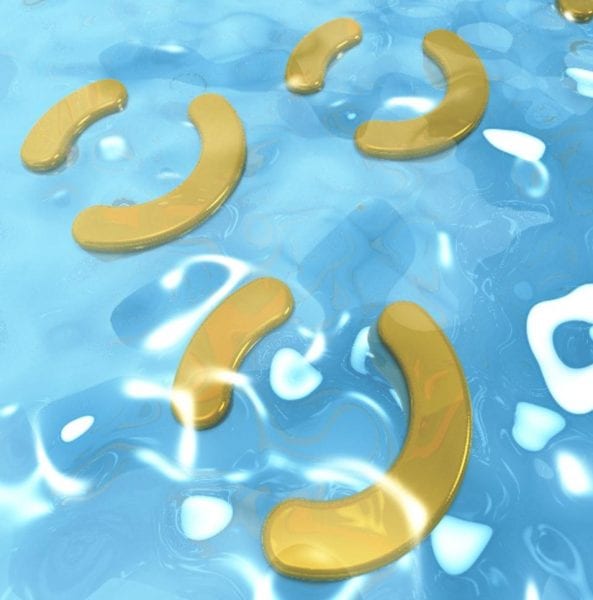

Double split-ring resonators with optimized Fano resonances for refractive index sensing could be realised by hole-mask colloidal nanolithography.

Researchers from the Chinese Academy of Sciences report optical waveguide hydrogen peroxide sensors based on a reactive sheath and a nanowire core.
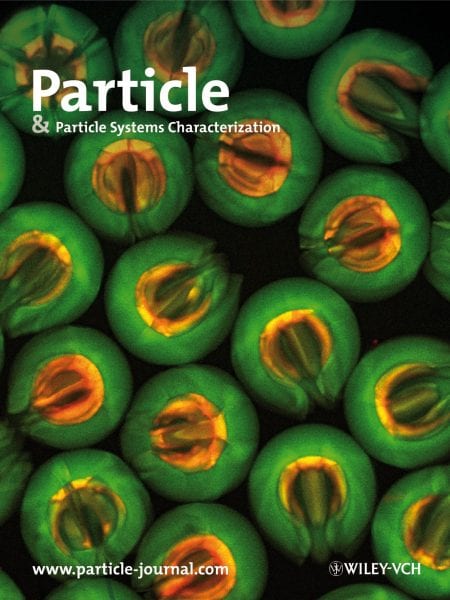
Particle & Particle Systems Characterization is the new sister journal of Advanced Materials.
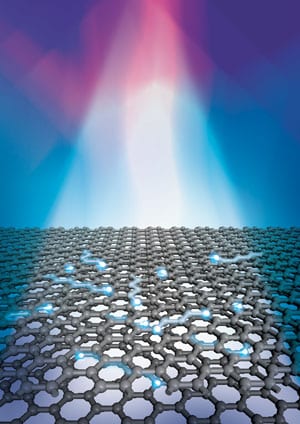
A new type of hot electron bolometer has been developed from graphene, with great potential for sensing applications of all kinds.
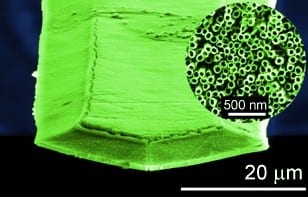
Nanostructured sensor for the detection of very low concentrations of explosive.

Carbon nanotube-based ethylene sensor establishes fruit ripeness
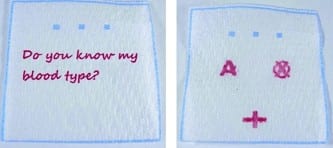
Paper-based blood test provides “written report” of blood type.
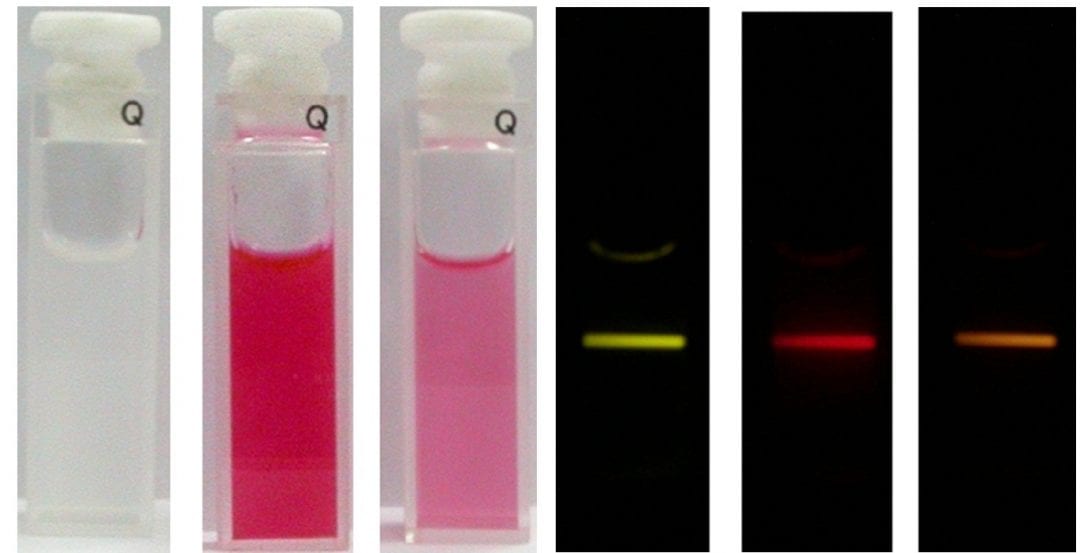
A new type of probe for detecting highly toxic cyanide anions has been developed by Professor F. Li and co-workers at Fudan University, China.
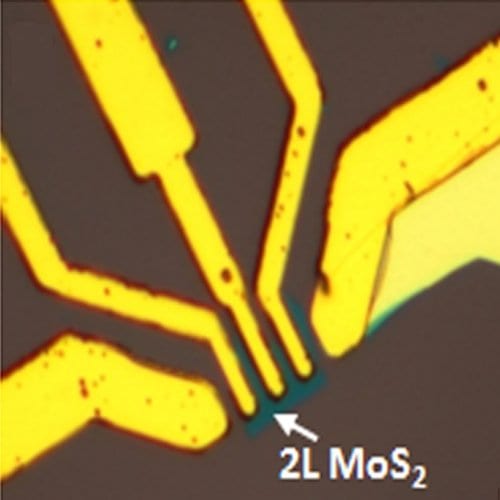
Nitric oxide detectors made of two to four layers of MoS2 incorporated into a field-effect transistor outperform a single-layered device.
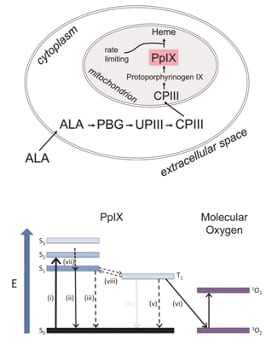
For measuring mitochondrial oxygen pressure clinically, just apply a cream on the skin.